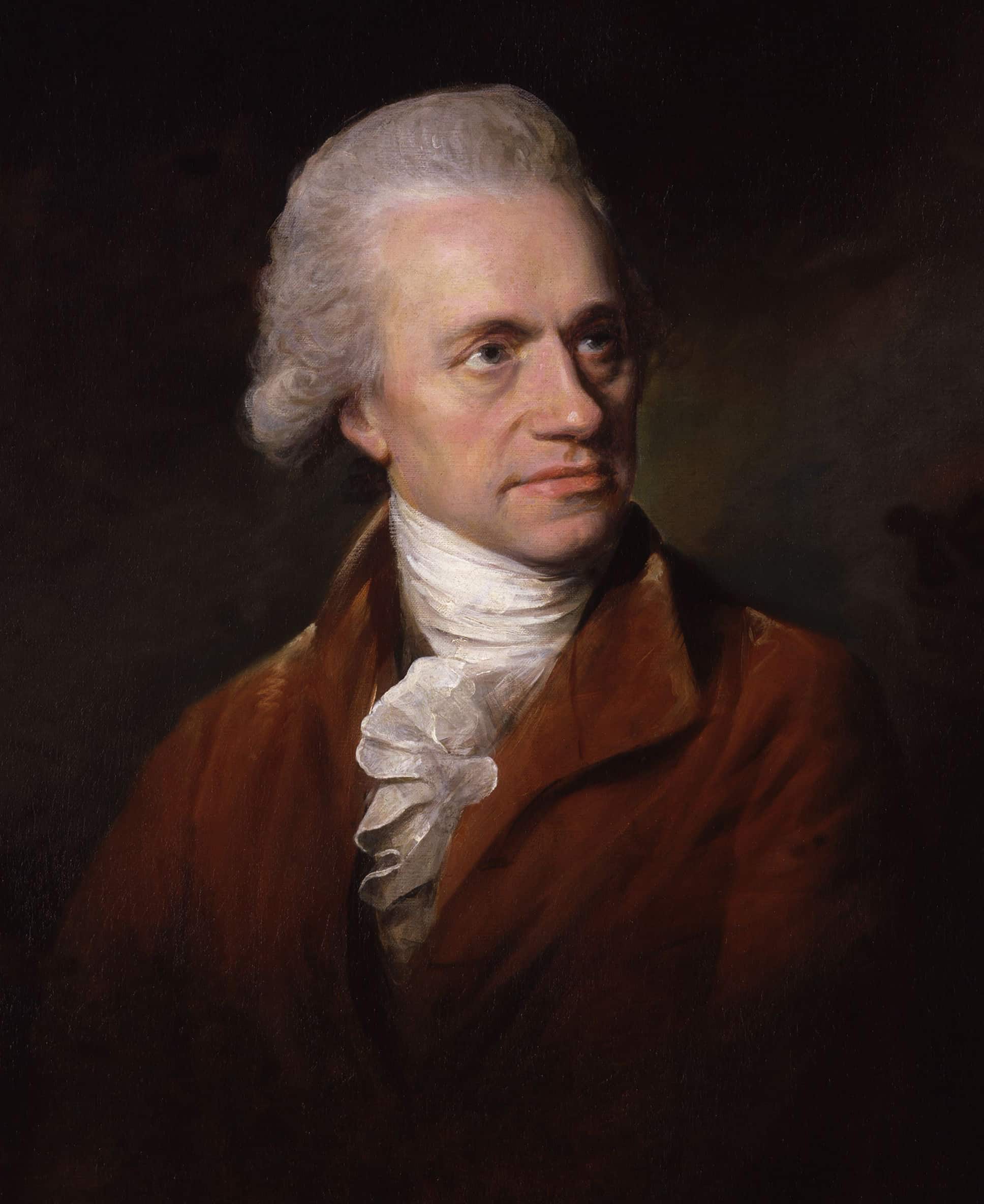William Herschel, born on November 15, 1738, in Hanover, Germany, is remembered as one of the most influential astronomers of the 18th and 19th centuries. Originally a talented musician, Herschel’s transition to astronomy led to groundbreaking discoveries that expanded our understanding of the universe.
Herschel’s early life was steeped in music. He followed in his father’s footsteps, becoming an accomplished musician and composer. In 1757, Herschel moved to England, where he continued his musical career as an organist, composer, and conductor. Despite his success in music, Herschel’s curiosity and passion for science, particularly astronomy, began to grow. His interest in mathematics, which he pursued to improve his musical theory, eventually led him to the study of the heavens.
Unsatisfied with the telescopes available at the time, Herschel decided to build his own. Along with his sister Caroline Herschel, who played a crucial role in his work, he constructed a series of increasingly powerful telescopes. His most famous instrument was a 40-foot reflector, which was the largest telescope in the world at the time. This telescope allowed Herschel to observe the night sky in unprecedented detail.
Herschel’s most famous discovery came on March 13, 1781, when he identified Uranus, initially believing it to be a comet. This discovery was revolutionary, as it was the first new planet found since antiquity. It doubled the known size of the solar system and demonstrated that there were more planets beyond Saturn. King George III rewarded Herschel for this achievement by appointing him the King’s Astronomer and granting him a pension, enabling him to dedicate himself fully to astronomy.
Beyond Uranus, Herschel made numerous other significant contributions. He discovered two of Uranus’s moons, Titania and Oberon, and two moons of Saturn, Mimas and Enceladus. Herschel also conducted extensive studies of double stars, cataloging over 800 binary systems. His observations revealed that these stars were bound by gravity, a critical insight that supported Newtonian physics.
Herschel’s work extended to deep-sky objects as well. He cataloged over 2,400 nebulae and star clusters, many of which are still known by their catalog numbers today. His detailed observations of these objects laid the groundwork for future astronomical catalogs and studies of the structure of the universe.
One of Herschel’s most profound insights was his discovery of infrared radiation. In 1800, he conducted experiments using a prism to measure the temperature of
different colors of light. He observed that beyond the red end of the visible spectrum, where no light was visible, there was still a rise in temperature. This led to the discovery of infrared radiation, fundamentally expanding our understanding of the electromagnetic spectrum and laying the groundwork for future studies in thermal radiation and astronomy.
Herschel’s contributions were not limited to his discoveries; his methods and meticulous recording of observations set new standards for precision in astronomy. He developed techniques for measuring the brightness of stars and the distances between celestial objects, which helped to standardize astronomical measurements.
A lesser-known but equally important aspect of Herschel’s legacy was his influence on future generations of astronomers. His sister, Caroline Herschel, became a notable astronomer in her own right, discovering several comets and contributing significantly to the field. His son, John Herschel, continued his astronomical work, making significant contributions to the study of the southern skies.
William Herschel’s dedication to astronomy was driven by a profound curiosity and a relentless pursuit of knowledge. His work transformed our understanding of the solar system and the broader universe, demonstrating that the cosmos was far larger and more complex than previously imagined. His discoveries and methodologies influenced countless astronomers and scientists, shaping the future of the field.
Herschel’s impact on humanity extends beyond his scientific achievements. His transition from a musician to a pioneering astronomer exemplifies the power of curiosity and interdisciplinary learning. His life story encourages us to pursue our passions and underscores the importance of perseverance in the face of challenges.
In recognition of his contributions, numerous astronomical objects and features have been named after Herschel, including the Herschel Crater on the Moon and Mars, and the Herschel Space Observatory, which continued his legacy of exploring the universe in the infrared spectrum. These honors reflect the enduring significance of his work and the profound impact he had on the field of astronomy.
William Herschel passed away on August 25, 1822, but his legacy lives on. His pioneering spirit, remarkable discoveries, and the standards he set for observational astronomy continue to inspire astronomers and scientists around the world. Herschel’s work not only expanded our understanding of the universe but also laid the groundwork for future explorations, making him a monumental figure in the history of science.
